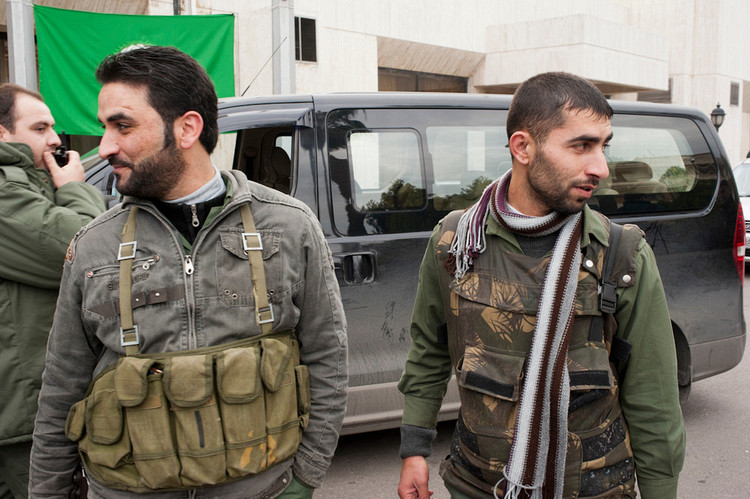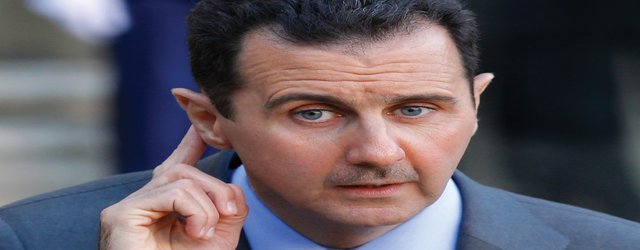West Long Branch, N.J. (The Verge) – If your not too keen on world events, will the news of thousands of civilian deaths and a President turned dictator turned rogue vigilante capture your interest? Clearly, it should. This news comes out of the Middle East. In Syria, since the outbreak of the “Arab Spring,” violence and government suppression have been the staple of everyday life. Already months into a brutal rebellion against President Bashar al-Assad, the future still does not look too bright.
Hafez al-Assad, Bashar’s father, ruled Syria for twenty-nine years until his death in 2000. He was noted for bringing Syria up to speed in the modernization game within the Middle East. He was also remembered for his harsh actions towards Syrians, including the orders of the Hama Massacre. Repression in mind, his leadership qualities were passed off to his son Bashar, who took over as President of Syria in 2000. He was “elected” to the spot in 2000 and again in 2007, but many see al-Assad’s stronghold on the country as one of a dictator.
Bashar al-Assad, the Alawite President, has silenced his people for years now. Once the “Arab Spring” began in early 2011, Syria would become no exception to the list. Groups protested for the reinstatement of Civil Rights and an end to the State of Emergency that has been in place since 1963 allowing for higher governmental power. Instead of listening to his people’s claims, Assad refused to give in, choosing tanks over talks.

Syrian forces entered their own cities where they believed rebellious strongholds were centered. They had no remorse, blasting buildings in civilian neighborhoods and killing thousands of innocent people. Violence continued throughout early 2011 and Assad showed no signs of giving in.
Once it became eminent that the rebels would not just die down, Assad claimed to seek new revisions within the government, including new parliamentary elections and “strong dialogue towards reform.” While Assad sat at the podium making these claims, his brutal militia carried out bombardments in cities like Homs and Baba Amr. United Nations Humanitarian Chief Valerie Amos noted that these cities, especially Baba Amr, were so destroyed that they were left nearly vacant and contained building damage on literally every building.
The Syrian war-zone made no strides towards a reformation. In early 2012, Assad continued to blame sects of “terrorists” for the problems plaguing the nation, and sought to seek victory at any cost. Assad claimed that victory was in his grasp and that Syria would be obtained at any cost. He did not learn from the downfalls of Hosni Mubarak in Egypt, Ben Ali in Tunisia and Muammar Gadhafi in Libya and continued to suppress his people.
As of January, over 5,000 civilians were killed in the bloody rebellion. The Anti-Regime forces even contributed to the mess, killing 1,100 people of their own. In a seemingly deeper haze, Assad claimed that the uprising was the fault of foreign countries who plotted against him. He reacted harshly to foreign sanctions, including being ousted from the Arab League, and made news in the United States where (as early as 2011), Barack Obama made economic sanctions against the Syrian dictator.
As we sit over three months into 2012, the rebellion continues. Assad continues to try and exert his force and not give in; all the while rebels try harder and harder to bring a Gadhafi-like fate to Assad. Even referendums completed by the government a couple of weeks ago seem corrupt, suggesting 90% of Syrians approve of the Assad reign. Clearly, there’s still much to be done in Syria.




